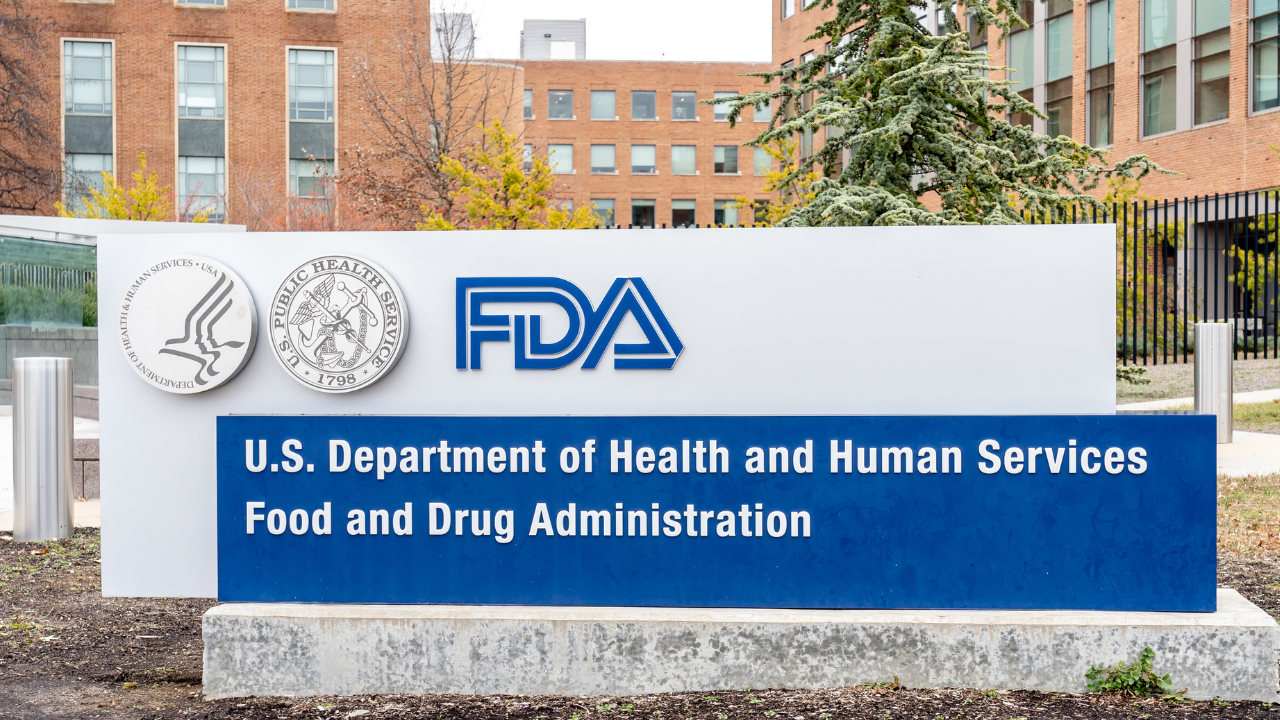FDA Approves Sarclisa for Certain Patients with Multiple Myeloma
The drug is approved for newly diagnosed patients not eligible for transplant and is to be used in combination with standard-of-care treatment.
Stock.adobe.com

Sanofi announced that Sarclisa is approved in the US for use in treating multiple myeloma, under certain conditions.1 FDA approved the medication to be used in combination with bortezomib, lenalidomide, and dexamethasone for adult patients newly diagnosed with the disease. These patients must also not be eligible for stem cell transplant.
This is the third indication Sarclisa is approved for. The medication, which is a monoclonal antibody that attaches to a specific epitope on the CD38 receptor on multiple myeloma cells, was previously approved for certain patients with relapsed refractory multiple myeloma.
In a press release, Sanofi executive vice president and head of specialty care Brian Foard said, “Since first launching in 2020, we have made significant progress towards our ambition of establishing SARCLISA as a best-in-class therapy. The FDA’s decision marks another momentous milestone toward our goal and expands the reach of this potentially transformative therapy to a larger population. With today’s approval, doctors now have an important new option at their disposal that’s been shown to slow disease progression for longer compared to the current standard-of-care for adults living with newly diagnosed multiple myeloma who are not eligible for transplant in the US.”
In the same press release, clinical professor of medicine at the University of California in San Francisco’s Helen Diller Family Comprehensive Cancer Care Center Thomas Martin, MD, said, “Multiple myeloma is most frequently diagnosed in patients 65 years and older, yet the options for treatment in this population are limited due to a combination of age, frailty, and co-morbidities. This has resulted in a longstanding need for new treatment options that can potentially improve the standard-of-care. The significant clinical benefit and improvements in progression-free survival demonstrated by the IMROZ regimen of isatuximab plus VRd versus VRd alone make today’s approval an important moment for this vulnerable patient population and the larger multiple myeloma community.”
In August, Sanofi announced the results of a trial of the use of Sarclisa to treat patients with multiple myeloma who are eligible for transplant.2 According to the company, the medication (in combination with lenalidomide, bortezomib, and dexamethasone) resulted in a statistically significant improvement in progression free survival for patients.
In a press release issued at the time, the study’s principal investigator and professor of medicine at the Heidelberg University Hospital in Germany Hartmut Goldschmidt, MD, said, “Successful induction therapy is one of the most critical components to reduce the relapse or recurrence risk in patients with newly diagnosed multiple myeloma. While we observed this investigational combination showed improved minimal residual disease negativity rates in the bone marrow, indicating potentially deeper responses after induction, further follow-up was needed to better understand how this translated to long-term outcomes. These data provide evidence that the Isa-RVd regimen potentially improves progression-free survival in the frontline, transplant-eligible population and supports the potential of this quadruplet to become a new standard-of-care induction regimen in this treatment setting.”
Sanofi’s chief medical officer and global head of development Dietmar Berger, MD, PhD, added, “The GMMG-HD7 study was designed to better understand the distinct effect of targeting CD38 with Sarclisa in induction versus maintenance treatment of transplant-eligible patients. These data build upon our belief that Sarclisa has the potential to be a best-in-class CD38 therapy that could improve long-term outcomes versus the standard-of-care for certain patients. We look forward to the full data presentation and continuing our mission of helping make a meaningful difference for people living with multiple myeloma.”
Sources
- SARCLISA® Approved in the US as the First Anti-CD38 Therapy in Combination with Standard-of-Care Treatment for Adult Patients with Newly Diagnosed Multiple Myeloma not Eligible for Transplant. Sanofi. September 20, 2024. https://www.news.sanofi.us/2024-09-20-SARCLISA-R-approved-in-the-US-as-the-first-anti-CD38-therapy-in-combination-with-standard-of-care-treatment-for-adult-patients-with-newly-diagnosed-multiple-myeloma-not-eligible-for-transplant
- Sarclisa Induction Treatment Demonstrated Significantly Improved Progression-Free Survival in Patients with Newly Diagnosed Multiple Myeloma Eligible for Transplant. Sanofi. August 8, 2024. Accessed September 23, 2024. https://www.news.sanofi.us/2024-08-08-Sarclisa-induction-treatment-demonstrated-significantly-improved-progression-free-survival-in-patients-with-newly-diagnosed-multiple-myeloma-eligible-for-transplant
Addressing Disparities in Psoriasis Trials: Takeda's Strategies for Inclusivity in Clinical Research
April 14th 2025LaShell Robinson, Head of Global Feasibility and Trial Equity at Takeda, speaks about the company's strategies to engage patients in underrepresented populations in its phase III psoriasis trials.
Beyond the Prescription: Pharma's Role in Digital Health Conversations
April 1st 2025Join us for an insightful conversation with Jennifer Harakal, Head of Regulatory Affairs at Canopy Life Sciences, as we unpack the evolving intersection of social media and healthcare decisions. Discover how pharmaceutical companies can navigate regulatory challenges while meaningfully engaging with consumers in digital spaces. Jennifer shares expert strategies for responsible marketing, working with influencers, and creating educational content that bridges the gap between patients and healthcare providers. A must-listen for pharma marketers looking to build trust and compliance in today's social media landscape.